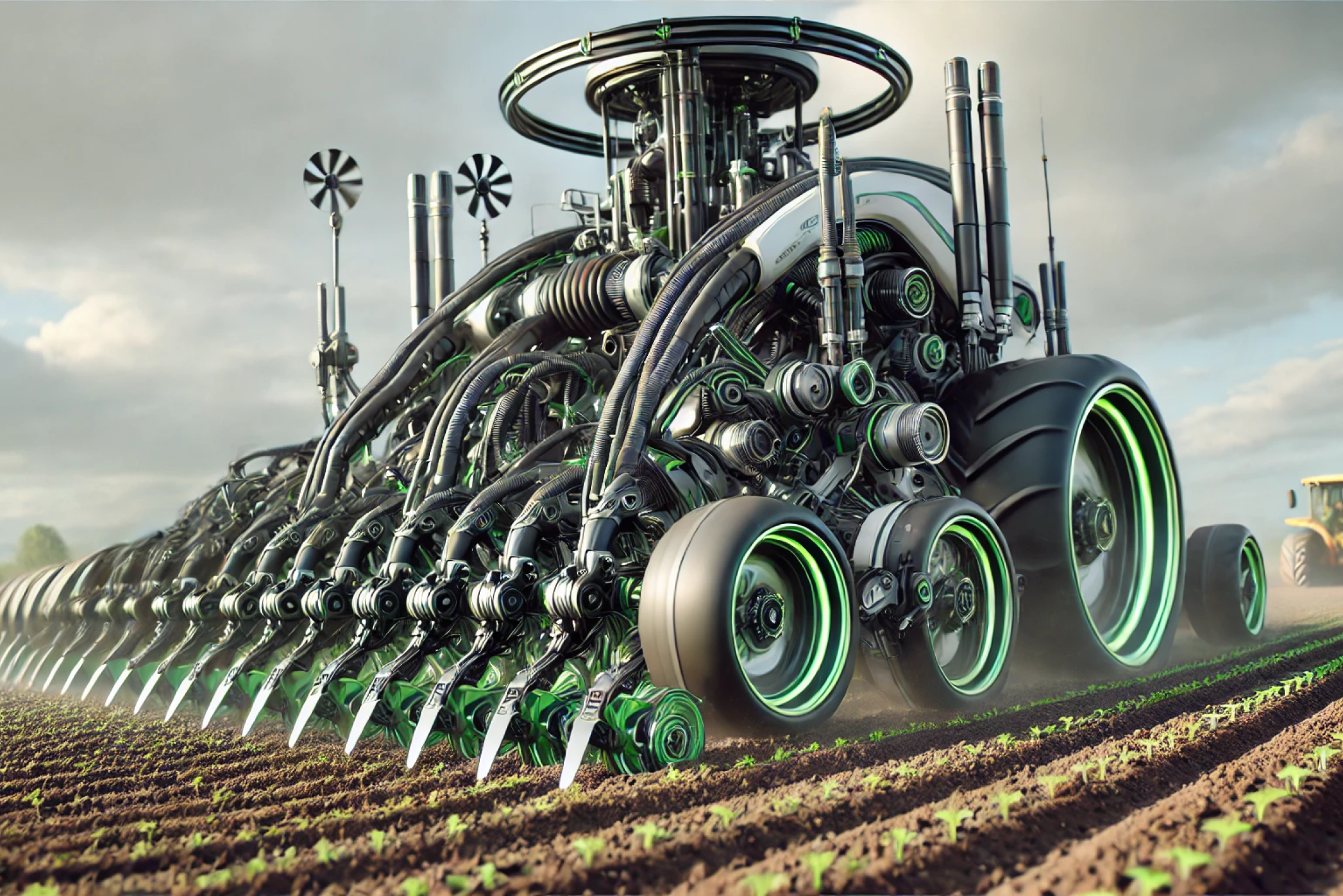
13/12/2024: Autonomous tractors are on the verge of revolutionizing agriculture. They save time, increase efficiency, and reduce dependence on labor. However, Germany faces challenges such as regulatory hurdles and acceptance issues. An overview of the technology, benefits, and obstacles shows what the near future may bring.

Autonomous driving means vehicles can independently make decisions and perform movements without driver intervention. In agriculture, this often refers to tractors or field robots equipped with sensors, cameras, and GPS technologies to perform tasks such as seeding, soil preparation, or harvesting with precision. These machines can independently plan and optimize routes, making them significantly different from simple GPS-guided systems that merely follow predefined paths.
Unlike in road traffic, agricultural fields provide ideal conditions for autonomous systems: the environment is less dynamic, and safety requirements are lower. However, the basic requirements are similar: a wide variety of sensor data is processed to detect obstacles, monitor work progress, and seamlessly interact with implements.
Autonomous tractors promise numerous benefits for farmers: They can help simplify workflows and address operational challenges more efficiently. Especially in times of labor shortages and increasing demands for sustainability, their advantages are becoming more and more important.
These advantages make autonomous tractors particularly interesting for medium and large-scale farms aiming to automate complex processes to improve efficiency and sustainability.
Technologically, autonomous tractors are no longer a vision of the future. Manufacturers like John Deere and Claas have already developed ready-for-market models or prototypes. A prominent example is the autonomous John Deere 8R, which can operate independently using GPS, cameras, and sensors.
Collaborations like the "3A Alliance" (Claas, AgXeed, Amazone) are also advancing the integration of implements. The goal is not only to enable machines to drive autonomously but also to monitor and adjust their implements. For instance, a cultivator can automatically detect clogs and initiate solutions independently.
In North and South America, autonomous tractors are already being used on large areas. In Europe, many of these technologies are close to market entry, while GPS-guided machines are already widely standard.
In Germany, autonomous tractors are still rarely found in practice. The reason lies less in the technology and more in regulatory and societal barriers. The approval of autonomous systems in the field is hampered by complex safety regulations. In addition, farmers are often skeptical about new technologies, especially when the benefits are not immediately apparent.
At the same time, there is a growing number of pilot projects and tests conducted by agricultural machinery manufacturers and research institutions. These aim not only to identify technical issues but also to increase acceptance among farmers. Nevertheless, Germany lags behind countries like the USA or Brazil in international comparison.
The introduction of autonomous tractors in Germany faces several challenges:
These obstacles make it evident that, beyond technical development, political and economic frameworks must also be adjusted to accelerate adoption. This includes clear approval processes, financial support for farmers, and the expansion of digital infrastructure, especially stable rural mobile networks.
Despite the obstacles, a clear trend is emerging: the development of autonomous tractors will continue. In the coming years, Germany could see more autonomous machines in use, particularly due to:
In the long term, autonomous tractors could not only increase efficiency but also make a significant contribution to sustainable agriculture.
Autonomous tractors could revolutionize German agriculture—provided that technical, regulatory, and societal hurdles are overcome. The benefits for farms that take the step are promising: less workload, higher efficiency, and more sustainability. But, as with any new technology, it takes time, trust, and the courage to take the first steps.
Do you have suggestions or questions about this article or topics related to agriculture, digitalization, AI, and AgTech? Feel free to send us an email at support@tunen.ai or drop us a message on Instagram or LinkedIn. We look forward to hearing from you.